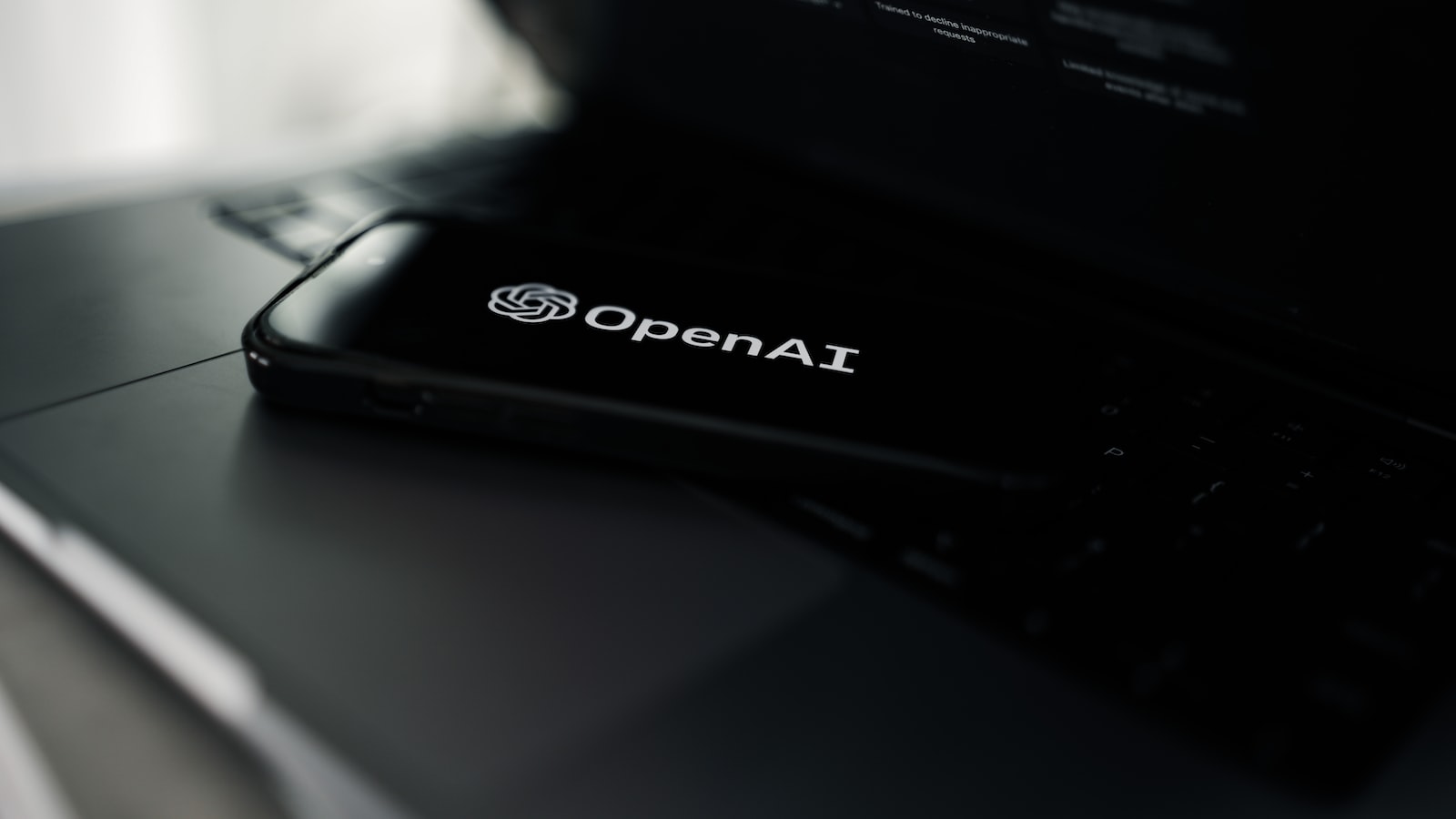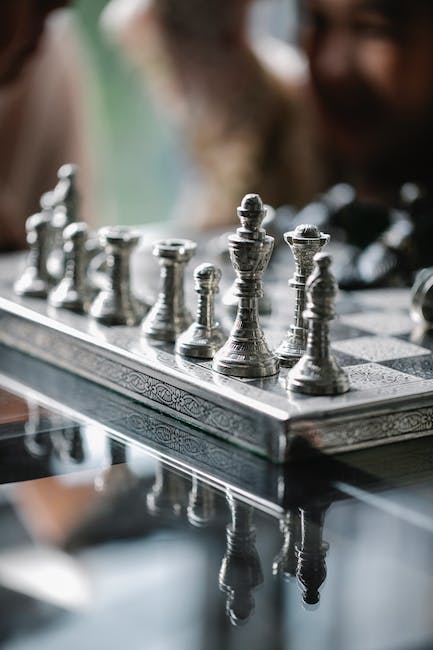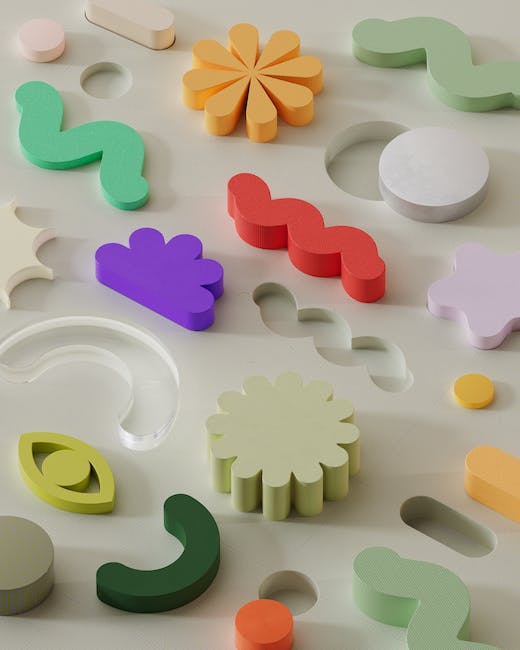Unleashing the power of artificial intelligence, the boundaries of what is possible seem to shift and evolve at an astonishing pace. Among the latest innovative ventures comes the remarkable creation known as Undress AI, an AI-powered software that seemingly undresses individuals in processed images, revolutionizing the way we view digital visual content. While this mind-bending technology has piqued both curiosity and controversy, one pressing question remains: Can we truly verify the authenticity of an image processed by Undress AI? As we delve into the depths of this transformative breakthrough, our search for answers takes us on a fascinating journey where reality and illusion blend, challenging our understanding of digital authenticity. Let us embark on this exploration, seeking the truth behind the visually enchanting world of Undress AI.
Table of Contents
- 1. Analyzing the Capabilities and Limitations of Undress AI: Separating Fact from Fiction
- 2. Understanding the Challenges in Verifying Authenticity of Images Processed by Undress AI
- 3. Unveiling Strategies and Tools to Enhance Verification Accuracy for Images Processed by Undress AI
- 4. Building a More Transparent and Ethical Future: Key Recommendations for Addressing Authenticity Concerns with Undress AI
- Frequently Asked Questions (FAQ’s)
- Wrapping Up

1. Analyzing the Capabilities and Limitations of Undress AI: Separating Fact from Fiction
Is There a Way to Verify the Authenticity of an Image Processed by Undress AI?
In the era of advanced technology, Undress AI has emerged as a cutting-edge solution offering users the ability to virtually “undress” individuals in photos. This innovative software utilizes proprietary algorithms to remove clothing from images, providing a unique and potentially controversial experience.
It is important to note that Undress AI, like any software application, has its limitations. Factors such as image quality, lighting conditions, and the complexity of clothing can impact the accuracy of the generated results. As a user, it is crucial to exercise caution and avoid false assumptions based on the output of Undress AI. Understanding that the software is intended for entertainment purposes and not as a means to invade privacy or manipulate images is essential.
2. Understanding the Challenges in Verifying Authenticity of Images Processed by Undress AI
Undress AI, a cutting-edge technology developed to manipulate images and alter clothing appearances, presents a significant challenge when it comes to verifying the authenticity of processed images. As the demand for image alteration continues to rise, fueled by social media and the entertainment industry, it becomes increasingly crucial to address concerns surrounding image integrity.
Firstly, one of the major challenges in verifying the authenticity of images processed by Undress AI is the subtle and seamless nature of the alterations. The advanced algorithms employed by Undress AI ensure that the manipulated images appear exceedingly realistic, making it difficult to distinguish between the original and edited versions.
Secondly, the lack of a standardized and foolproof method to detect image alterations further complicates the verification process. With the growing sophistication of algorithms used by Undress AI, traditional methods of image analysis become less effective. This poses a significant obstacle for individuals and organizations alike, as the inability to verify the authenticity of images can lead to misinformation or the spread of fabricated visual content.
Addressing these challenges requires a multi-faceted approach that involves the collaboration of technology experts, researchers, and industry professionals. The development of advanced image forensic techniques, capable of detecting subtle alterations created by technologies like Undress AI, is paramount. Additionally, the establishment of industry-wide guidelines and regulations can help mitigate the risks associated with manipulated images.
The authenticity of visual content is crucial in maintaining trust, ensuring ethical practices, and preventing the dissemination of misleading or malicious information. As technologies like Undress AI continue to evolve, it becomes imperative to invest in research, innovation, and collaboration to stay ahead of the challenges that arise in verifying the authenticity of processed images.

3. Unveiling Strategies and Tools to Enhance Verification Accuracy for Images Processed by Undress AI
Post: Is There a Way to Verify the Authenticity of an Image Processed by Undress AI?
Undress AI, the innovative image processing technology, has been revolutionizing the way images are modified and enhanced. With its advanced algorithms, it has become a powerful tool in various industries. However, as with any technology that involves image manipulation, concerns about authenticity and verification arise.
Fortunately, there are strategies and tools available to enhance the accuracy of verifying images processed by Undress AI. First and foremost, one crucial approach is to perform a thorough analysis of the available metadata of the image. Metadata, such as EXIF data, can provide valuable information about the camera make and model, the date and time the photo was taken, and even the geographic location. Examining the metadata can give insights into the authenticity and origin of the image.
- Digging deeper into the image’s digital footprint: In addition to metadata, other digital footprints left by the image can also be examined to establish its authenticity. These footprints include information about the editing software used, the compression artifacts, and any traces of manipulation.
- Reverse image search: Another effective tool is conducting a reverse image search. This process involves uploading the image to search engines or specialized platforms that can compare it with millions of other online images. By doing so, it’s possible to identify if the same image has been altered or used elsewhere.
- Forensic analysis: For critical scenarios requiring an in-depth investigation, forensic analysis can be performed. This involves experts examining the image at a pixel level, looking for any inconsistencies, artifacts, or traces of tampering. Forensic analysis can provide a robust assessment of the image’s authenticity.
- Blockchain technology: Utilizing blockchain technology can also contribute to verifying the authenticity of images processed by Undress AI. By storing information about the image’s origins, modifications, and ownership on a decentralized and immutable blockchain, a transparent and traceable record is created. This can be especially valuable for high-stakes situations, such as legal disputes or intellectual property matters.
In conclusion, while Undress AI offers groundbreaking image processing capabilities, there are strategies and tools available to verify the authenticity of images processed by this technology. By leveraging metadata analysis, examining digital footprints, conducting reverse image searches, employing forensic analysis, and utilizing blockchain technology, the accuracy of verification can be significantly enhanced. These approaches provide peace of mind and trust, ensuring that the images processed by Undress AI are legitimate and reliable.

4. Building a More Transparent and Ethical Future: Key Recommendations for Addressing Authenticity Concerns with Undress AI
Is There a Way to Verify the Authenticity of an Image Processed by Undress AI?
Undress AI, an innovative technology driven by artificial intelligence, has sparked both excitement and concern across various industries. As users explore the potential of this image processing tool, questions arise regarding the authenticity of the processed images. To address these concerns, key recommendations have been identified to enhance transparency and ethics within the Undress AI ecosystem.
1. Algorithmic Explanation and Documentation: Undress AI should provide detailed documentation on the algorithms it employs to process images. By precisely explaining the image transformation techniques used, users and stakeholders can better understand the potential outcomes and limitations of the tool. Clear documentation would help establish trust and foster a more transparent environment.
2. Third-Party Verification Framework: To ensure the authenticity of images processed by Undress AI, the development of a third-party verification framework should be considered. Collaborating with independent organizations specializing in image forensics and verification could instill confidence in both users and the wider public. Such verification methods would provide robust assurance regarding the reliability and trustworthiness of Undress AI’s outputs.
3. User Education and Responsible Usage: While Undress AI aims to offer valuable image processing capabilities, users must be aware of the ethical implications and potential misuse of the technology. Implementing comprehensive user education programs, including guidelines on responsible usage, would foster a more informed and conscientious user base. This proactive approach would promote ethical application and minimize the risk of unintended consequences.
4. Auditing and Compliance: Regular audits and compliance checks should be conducted to maintain the ethical standards and credibility of Undress AI. Independent audits ensure that the technology adheres to the established guidelines and regulations. By maintaining a continual process of evaluation and improvement, Undress AI can proactively address authenticity concerns and evolve in an ethically responsible manner.
By embracing these recommendations, Undress AI can build a robust framework that addresses concerns related to the authenticity of processed images. Implementing algorithmic transparency, third-party verification, user education, and ongoing auditing will create an environment where users can confidently leverage the power of Undress AI while upholding ethical standards in the digital realm.
Frequently Asked Questions (FAQ’s)
Q: Is there a way to verify the authenticity of an image processed by Undress AI?
A: Unmasking the truth behind Undress AI’s image processing
Q: What is Undress AI and how does it work?
A: Undress AI is an advanced image processing software that claims to undress individuals in photos using artificial intelligence algorithms. Users upload a photo to the platform, and the software then generates a version of the image with the clothes removed.
Q: Can we trust the authenticity of the images produced by Undress AI?
A: While Undress AI offers a visually convincing result, there are concerns about the authenticity of these images. It is essential to exercise caution and be aware that they are not necessarily accurate representations of reality.
Q: Are there any indicators to suspect that an image processed by Undress AI might be fraudulent?
A: Yes, there are specific indicators that can raise suspicions of fraudulence. Look out for any anomalies or inconsistencies, such as unnatural body proportions, mismatched lighting and shadows, or distorted backgrounds. These irregularities could suggest that the image has been manipulated.
Q: Are there any technical methods or tools available to verify the authenticity of Undress AI’s processed images?
A: Yes, there are various technical methods and tools available to detect image manipulation. Forensic experts can employ methods like metadata analysis, digital watermark examination, and error level analysis. These techniques help determine if an image has been tampered with.
Q: How important is critical thinking when evaluating the authenticity of Undress AI’s processed images?
A: Critical thinking is crucial when assessing the authenticity of any images, including those processed by Undress AI. It is essential to question the origin, context, and reliability of such images and cross-verify them with real-world evidence if possible.
Q: Can any legal repercussions arise from using Undress AI’s processed images without appropriate consent?
A: Yes, using Undress AI’s processed images without proper consent can potentially lead to severe legal consequences. Unauthorized distribution or sharing of such images can infringe upon individuals’ privacy and personal rights, and may result in legal action.
Q: How can we mitigate the potential risks associated with Undress AI’s software?
A: To mitigate risks, it is important to promote ethical use and responsible behavior with respect to Undress AI’s software. Raising awareness about the potential dangers, investing in stronger digital security measures, and advocating for stricter regulations can help protect individuals from misuse and exploitation.
Q: Is there a need for stricter regulations to govern image-processing technologies like Undress AI?
A: There is an ongoing debate about the need for stricter regulations surrounding image-processing technologies like Undress AI. It is vital to strike a balance between innovation and ensuring ethical and responsible use. Policymakers and tech communities must work together to establish clear guidelines and standards that protect individuals’ privacy and prevent potential abuse.
Q: What steps can individuals take to protect themselves from potential exploitation by Undress AI or similar technologies?
A: Individuals should be mindful of the images they share online and consider adjusting their privacy settings on social media platforms. Regularly monitoring their online presence and reporting any misuse of their images are also crucial steps to protect themselves from potential exploitation by Undress AI or similar technologies.
Final Thoughts
As we venture deeper into the realm of artificial intelligence, it’s essential to question and scrutinize the digital innovations that come our way. Undress AI, a controversial technological breakthrough, has left us all in awe and wonder. But amidst all the fascination, we find ourselves grappling with a crucial question: Is there a way to verify the authenticity of an image processed by this revolutionary technology?
While Undress AI boasts the astonishing ability to undress individuals within photos, our skepticism arises from concerns about its potential for misuse and deception. Can we trust this game-changing software or will it push us further down the slippery slope of deepfakes and manufactured realities?
Like any evolving technology, Undress AI has left experts and users alike searching for solutions to maintain integrity in an increasingly interconnected world. Discussions around implementing transparent guidelines and ethical frameworks have emerged, aiming to regulate the use and distribution of these provocative images. With international cooperation, we stand a chance at curbing the darker implications that may accompany this newfound power.
Simultaneously, researchers strive to develop cutting-edge forensic techniques to validate the authenticity of images processed by Undress AI. By analyzing minute details in metadata, image inconsistencies, and digital footprints left behind during processing, scientists endeavor to build an armor of credibility around visual media.
However, we must acknowledge the ever-evolving dance between image processing technology and verification techniques. As soon as methods to detect fake images improve, so too will the capabilities of Undress AI to outsmart them. The cat-and-mouse game between authenticity and deception will continue, forever intertwining technological advancements with our insatiable need to verify what we see.
Ultimately, adapting to this brave new world of Undress AI will require a collective effort. While the path towards regulating and authenticating images may seem convoluted and fraught with challenges, it is crucial that we embrace these endeavors wholeheartedly. By exploring ethical boundaries, fostering transparency, and pushing the limits of forensic analysis, we can hope to find a way to navigate through this intricate labyrinth of digital manipulation.
Remember, behind every image produced by Undress AI lies a complex narrative of responsibility and accountability. As we embark on this captivating, albeit perplexing, journey, let us remain vigilant, curious, and open to the possibilities that lie ahead. Together, we can shape a future where authenticity thrives, even amidst the enticing allure of technological sorcery.
Leave a Reply